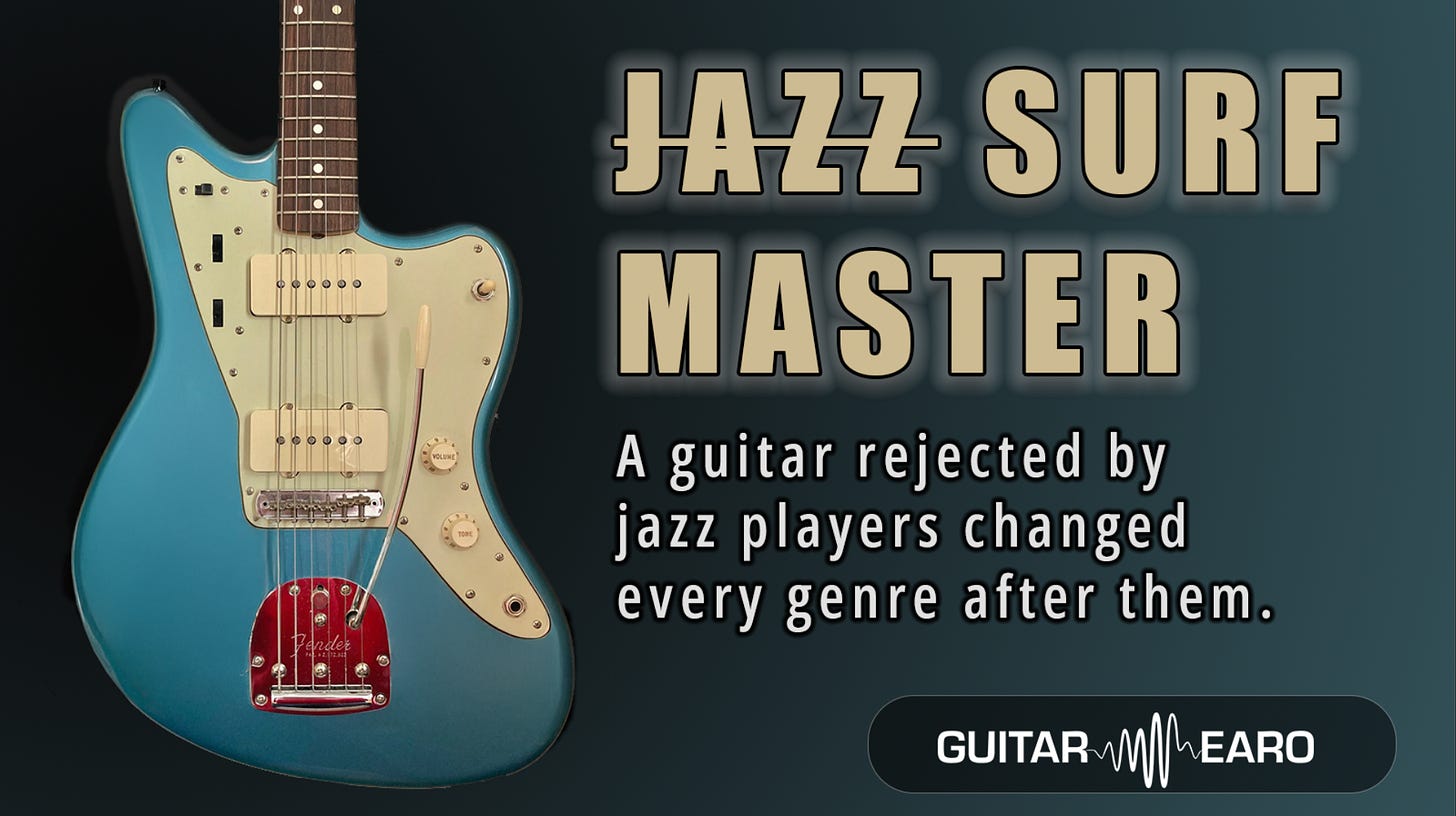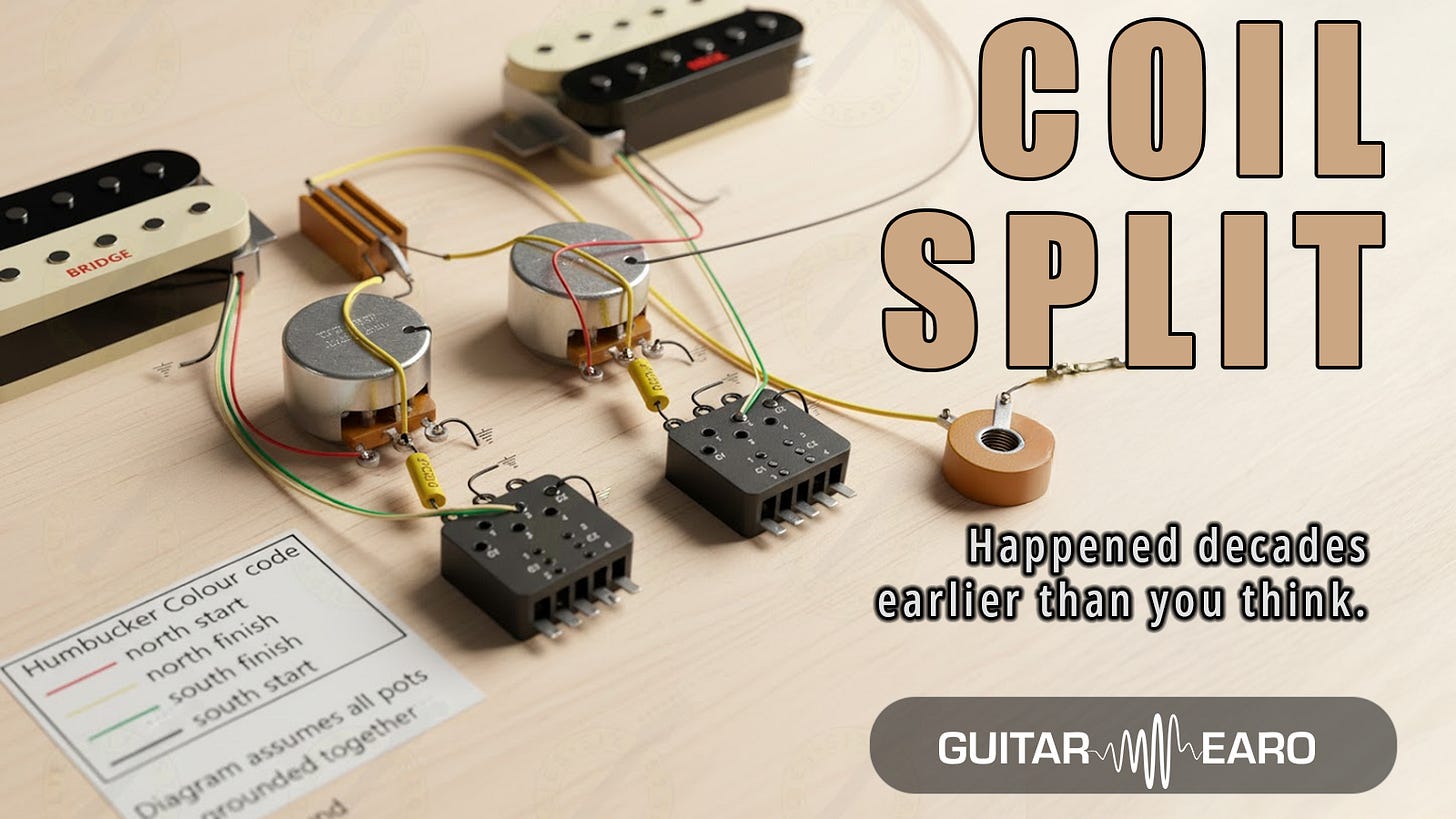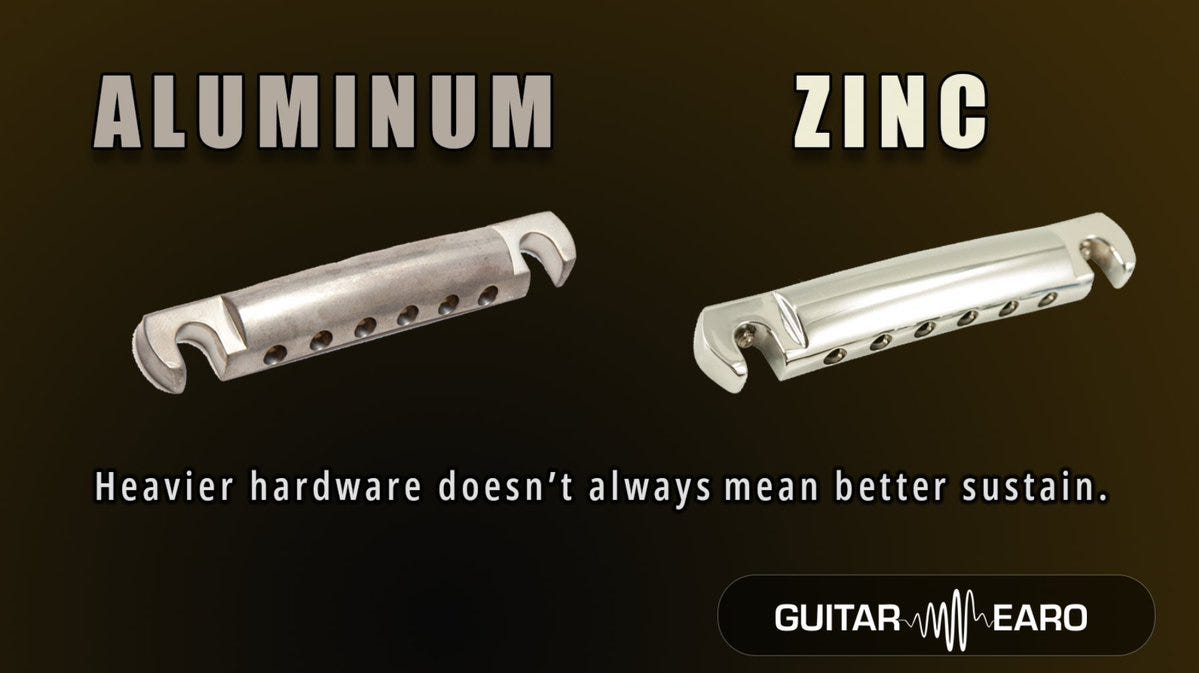From ToneRite boxes clipped onto strings to blasting instruments in front of loudspeakers, an industry has emerged around the promise of “artificial aging.” The pitch is seductive: decades of natural playing can be simulated in days. A new guitar becomes “open,” “mature,” and more resonant without the wait.
But does vibration treatment actually change tone or is it just wishful thinking?
The Theory Behind Vibration Aging
The logic is borrowed from acoustics and materials science. Proponents claim that repeated vibration might:
Realign cellulose fibres in the wood
Relieve internal stresses left from drying and cutting
Create microscopic cracks that loosen the structure
All of these processes, in theory, would allow wood to resonate more freely, resulting in sweeter tone and longer <a href="do-heavier-guitars-actually-sustain.html">sustain</a>.
It is a poetic idea. But how does it hold up under controlled testing?
The Controlled Experiment
The most-cited study on this subject was conducted in 2014 by Clemens et al. They built pairs of identical acoustic guitars. One guitar in each pair was exposed to controlled vibration for several days, while its twin sat untouched as a baseline.
Measurements included:
Frequency response (spectral analysis of resonance peaks)
Sustain (decay time, T60 values)
Output level (dB measurements)
In addition, experienced players were invited to perform blind tests to see if they could perceive which guitars had been “played in” artificially.
The Results
The outcome was unambiguous:
Frequency response curves of vibrated and control guitars were statistically indistinguishable.
Sustain and output levels remained the same within the margin of error.
Blind tests showed that players could not reliably identify the “aged” instruments.
In other words, no measurable tonal change was observed.
This result is crucial, because if acoustic guitars—which rely directly on wood resonance—show no effect, the odds for solid-body electrics are even slimmer.
Implications for Electric Guitars
Unlike acoustics, electric guitars couple only weakly with their body resonance. The string vibration is converted by magnetic <a href="high-vs-low-the-eternal-pickup-output.html">pickups</a>, and the body’s influence is secondary compared to pickups, scale length, and electronics.
If vibration treatment fails to alter acoustics, the expected tonal impact on a Strat, Les Paul, or Telecaster is effectively negligible.
The only realistic changes from decades of real playing are mechanical, not tonal:
Neck settling into a stable relief curve
Fret wear and nut wear subtly affecting playability
Hardware bedding in (saddles, screws, tuners stabilising)
These affect feel and stability, not the harmonic fingerprint of the sound.
Why the Belief Persists
Why then do players still swear by vibration devices?
Expectation bias: If you spend hundreds of dollars on a ToneRite, your brain is primed to hear improvement.
Romantic narrative: We want to believe instruments develop soul through playing.
Acoustic memory: A guitar may sound different from day to day depending on humidity, temperature, and setup. Such natural variation can be misattributed to “opening up.”
The Engineering Consensus
After reviewing both physics and controlled studies, the conclusion is clear:
A guitar’s timbre is primarily defined by its design, materials, and construction.
Vibration devices cannot re-engineer those fundamentals.
Artificial “aging” by vibration is best understood as marketing myth, not acoustic fact.
The Romance vs. The Data
None of this diminishes the romance of playing in an instrument. Wood does change subtly over decades—moisture content stabilises, finishes wear thin, and glue joints settle. But those are long-term material changes, not effects that can be compressed into a weekend with a gadget.
The beauty of guitars is that they do carry history in their scratches, their neck wear, and yes, perhaps in their resonance. But sentiment is not science, and blind tests remain the referee.
Takeaway
If you want a guitar to “open up,” the best device is the same as always: your hands.




